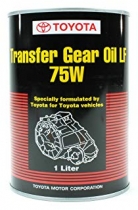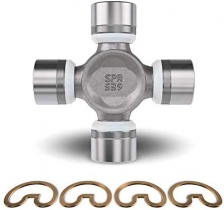-
Welcome to Tacoma World!
You are currently viewing as a guest! To get full-access, you need to register for a FREE account.
As a registered member, you’ll be able to:- Participate in all Tacoma discussion topics
- Communicate privately with other Tacoma owners from around the world
- Post your own photos in our Members Gallery
- Access all special features of the site
Coolant Reservoir Bubbling and Filling Up.
Discussion in '2nd Gen. Tacomas (2005-2015)' started by mynameishigh, Jun 16, 2016.
Page 1 of 7
Page 1 of 7


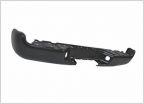 Need New Rear Bumper
Need New Rear Bumper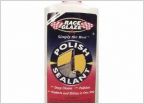 Best wax/polish?
Best wax/polish?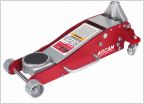 Do you clean your truck prior to working on it?
Do you clean your truck prior to working on it?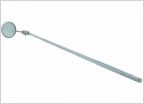 Manual Transmission oil change
Manual Transmission oil change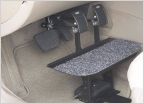 Short people driving manual tacoma
Short people driving manual tacoma










